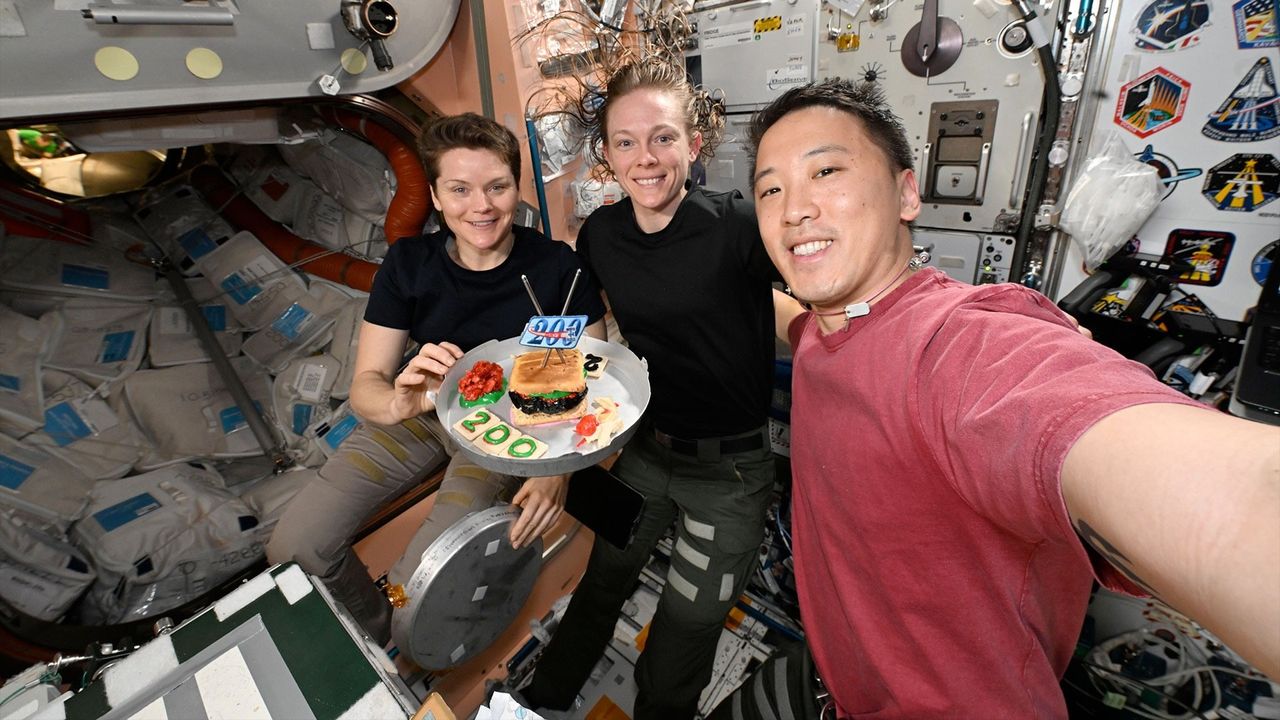to the beautiful, serene and unblemished northeastern states of India”
My desire to visit the states of northeast India was fueled by a documentary, Incredible India — North East: A path to heaven, made by the Department of Tourism, Government of India. Around the same time, a friend who works in the Indian Air Force was posted at Tezpur in Assam, and he invited us to visit him.
My friends and I started out by flying from Mumbai to Kolkata. Our first visit was to the Dakshineshwar Kali Mata temple, situated on the bank of the holy river Ganga in Kolkata. The structure of the temple and the idol of Kali Mata were so attractive that a single glance gave us peace of mind. We also feasted on one of Bengal’s much-loved desserts, mishti doi.
 In Kolkata, we boarded the flight for Guwahati. Our northeast trip had officially begun. The view of the lush green valleys below and the great river Brahmaputra added to the excitement. Within an hour, we reached Guwahati.Our visit to Assam coincided with the celebration of the Bihu festival — the Assamese new year. The festival starts on April 14 and lasts for a month. It is celebrated with the Bihu dance, a folk dance of Assam. While there, we visited the temple of goddess Kamakhya, approximately 8km from Guwahati.
In Kolkata, we boarded the flight for Guwahati. Our northeast trip had officially begun. The view of the lush green valleys below and the great river Brahmaputra added to the excitement. Within an hour, we reached Guwahati.Our visit to Assam coincided with the celebration of the Bihu festival — the Assamese new year. The festival starts on April 14 and lasts for a month. It is celebrated with the Bihu dance, a folk dance of Assam. While there, we visited the temple of goddess Kamakhya, approximately 8km from Guwahati.The temple was built in typical Kalinga-style architecture. On the way back to Guwahati, we stopped at the city market and were pleasantly surprised to see the intermingling of Assamese tradition and modern influences. The city offers a lot of shopping opportunities. For ladies, saree-shopping is always an attraction. The speciality of Guwahati is the Muga silk saree, with prices starting at Rs3,000. The silk is expensive because of its purity and origin.The next day, we visited Umananda, the Shiva temple. We also went to Sukreswar Ghat and Vivekananda Kendra, backed by the Ramakrishna Mission. Our next stop was the Tezpur Air Force base, on the way to Kaziranga. I was filled with a sense of pride when I saw the soldiers there, serving our nation.
 We reached Kaziranga at night. Kaziranga National Park is world famous for one-horned rhinos. The following morning, we set out to explore the jungle. It was a treat to see a baby rhino with his mother. We also saw some rare migratory birds as well as deer and bison.After our visit to Kaziranga, we set out for Bhalukpong, a city on the border of Arunachal Pradesh and Assam. Other than Assam and Meghalaya, most of the northeastern states require visitors to carry an inner-line permit. However, since we were invitees of the Tezpur Air Force base, this rule was waived for us.
We reached Kaziranga at night. Kaziranga National Park is world famous for one-horned rhinos. The following morning, we set out to explore the jungle. It was a treat to see a baby rhino with his mother. We also saw some rare migratory birds as well as deer and bison.After our visit to Kaziranga, we set out for Bhalukpong, a city on the border of Arunachal Pradesh and Assam. Other than Assam and Meghalaya, most of the northeastern states require visitors to carry an inner-line permit. However, since we were invitees of the Tezpur Air Force base, this rule was waived for us. Arunachal Pradesh is a haven of beautiful snow-capped mountains, rivers flowing through valleys and attractive flowers. Everywhere we went, little children standing along the wayside waved to us.We visited Tawang, a hill station about 12,000ft above sea level. Due to the hilly terrain, the hairpin bends, the long distance and the early sunset, visitors are advised to stop at Tenga, Senge or Bomdila and then proceed to Tawang.As we crossed the tough Sela Pass, the entrance to Tawang, at around 14,500ft, the heavy fog, bad roads, zero visibility and snowfall caused our pleasure trip to become an adventure trip. In this region, the sun rises at 4.30am and sets at 5pm. Daylight needs to be utilised fully. Life here is tough, and we empathised with defence personnel who face these harsh conditions every day.
Arunachal Pradesh is a haven of beautiful snow-capped mountains, rivers flowing through valleys and attractive flowers. Everywhere we went, little children standing along the wayside waved to us.We visited Tawang, a hill station about 12,000ft above sea level. Due to the hilly terrain, the hairpin bends, the long distance and the early sunset, visitors are advised to stop at Tenga, Senge or Bomdila and then proceed to Tawang.As we crossed the tough Sela Pass, the entrance to Tawang, at around 14,500ft, the heavy fog, bad roads, zero visibility and snowfall caused our pleasure trip to become an adventure trip. In this region, the sun rises at 4.30am and sets at 5pm. Daylight needs to be utilised fully. Life here is tough, and we empathised with defence personnel who face these harsh conditions every day.Next, we went to Y Junction near Bum-La Pass to see the Indo–China border and Shungetser Lake, also known as Madhuri Lake, where the Bollywood film Koyla was shot. Along the way, we visited the Ghatak Commando training camp for high altitude mountain warfare. Shungetser Lake was surrounded by Himalayan peaks and spruce trees standing slanted on the steep edges of those mountains, fully covered with snow. It was a beautiful sight.On the way back to Tawang, we visited the Tawang War Memorial, built by the Indian Army in memory of the soldiers who were martyred in the Indo-China war of 1962. At the end of the road is the Tawang Monastery — Galden Namgyal Lhatse. More than 400 monks receive religious education within its walls.
Our next destination was Shillong, the capital of Meghalaya. The name “Meghalaya” literally means “the residence of clouds”. Shillong is situated in a hilly region about 100km from Guwahati. As we entered Shillong, we were welcomed by Bada Pani Lake.Shillong offers both modern and traditional culture. The Indian Institute of Management has set up a college here. Meghalaya has two major tourist spots, Shillong and Cherapunji; the latter is famous for receiving the most rainfall in India. At Cherapunji, we saw the Mawsmai Caves, naturally formed with different stone sculptures inside. Our next stop was the Nohkalikai Falls on the Indo–Bangladesh border, one of India’s tallest waterfalls. The sound of the waterfall can be heard from as far away as 5km.
 In Shillong, we made a short trip to Elephant Waterfalls and had a small photo session wearing the traditional robes of the Khasi community. We also went to a peak named Lum Majneh to watch the sunset and get a panoramic view of Shillong.Our last destination was the Catholic church in Shillong. The traditional gothic structure of the church invited lots of appreciative glances from visitors. Later, we dropped by the central Shillong Bazaar. Authorised shops selling northeastern handicrafts attracted the tourists.
In Shillong, we made a short trip to Elephant Waterfalls and had a small photo session wearing the traditional robes of the Khasi community. We also went to a peak named Lum Majneh to watch the sunset and get a panoramic view of Shillong.Our last destination was the Catholic church in Shillong. The traditional gothic structure of the church invited lots of appreciative glances from visitors. Later, we dropped by the central Shillong Bazaar. Authorised shops selling northeastern handicrafts attracted the tourists.Finally, our eleven-day trip to three states in the northeast had come to an end. It was a most enriching trip. The most important message that we brought back from our trip was that northeast India is still unexplored and beautiful. All it needs is tranquility and peace to come into its own. “Prajakta Bhasale of Tata Motors describes her trip
to the beautiful, serene and unblemished northeastern states of India”
My desire to visit the states of northeast India was fueled by a documentary, Incredible India — North East: A path to heaven, made by the Department of Tourism, Government of India. Around the same time, a friend who works in the Indian Air Force was posted at Tezpur in Assam, and he invited us to visit him.
My friends and I started out by flying from Mumbai to Kolkata. Our first visit was to the Dakshineshwar Kali Mata temple, situated on the bank of the holy river Ganga in Kolkata. The structure of the temple and the idol of Kali Mata were so attractive that a single glance gave us peace of mind. We also feasted on one of Bengal’s much-loved desserts, mishti doi.
 In Kolkata, we boarded the flight for Guwahati. Our northeast trip had officially begun. The view of the lush green valleys below and the great river Brahmaputra added to the excitement. Within an hour, we reached Guwahati.Our visit to Assam coincided with the celebration of the Bihu festival — the Assamese new year. The festival starts on April 14 and lasts for a month. It is celebrated with the Bihu dance, a folk dance of Assam. While there, we visited the temple of goddess Kamakhya, approximately 8km from Guwahati.
In Kolkata, we boarded the flight for Guwahati. Our northeast trip had officially begun. The view of the lush green valleys below and the great river Brahmaputra added to the excitement. Within an hour, we reached Guwahati.Our visit to Assam coincided with the celebration of the Bihu festival — the Assamese new year. The festival starts on April 14 and lasts for a month. It is celebrated with the Bihu dance, a folk dance of Assam. While there, we visited the temple of goddess Kamakhya, approximately 8km from Guwahati.The temple was built in typical Kalinga-style architecture. On the way back to Guwahati, we stopped at the city market and were pleasantly surprised to see the intermingling of Assamese tradition and modern influences. The city offers a lot of shopping opportunities. For ladies, saree-shopping is always an attraction. The speciality of Guwahati is the Muga silk saree, with prices starting at Rs3,000. The silk is expensive because of its purity and origin.The next day, we visited Umananda, the Shiva temple. We also went to Sukreswar Ghat and Vivekananda Kendra, backed by the Ramakrishna Mission. Our next stop was the Tezpur Air Force base, on the way to Kaziranga. I was filled with a sense of pride when I saw the soldiers there, serving our nation.
 We reached Kaziranga at night. Kaziranga National Park is world famous for one-horned rhinos. The following morning, we set out to explore the jungle. It was a treat to see a baby rhino with his mother. We also saw some rare migratory birds as well as deer and bison.After our visit to Kaziranga, we set out for Bhalukpong, a city on the border of Arunachal Pradesh and Assam. Other than Assam and Meghalaya, most of the northeastern states require visitors to carry an inner-line permit. However, since we were invitees of the Tezpur Air Force base, this rule was waived for us.
We reached Kaziranga at night. Kaziranga National Park is world famous for one-horned rhinos. The following morning, we set out to explore the jungle. It was a treat to see a baby rhino with his mother. We also saw some rare migratory birds as well as deer and bison.After our visit to Kaziranga, we set out for Bhalukpong, a city on the border of Arunachal Pradesh and Assam. Other than Assam and Meghalaya, most of the northeastern states require visitors to carry an inner-line permit. However, since we were invitees of the Tezpur Air Force base, this rule was waived for us. Arunachal Pradesh is a haven of beautiful snow-capped mountains, rivers flowing through valleys and attractive flowers. Everywhere we went, little children standing along the wayside waved to us.We visited Tawang, a hill station about 12,000ft above sea level. Due to the hilly terrain, the hairpin bends, the long distance and the early sunset, visitors are advised to stop at Tenga, Senge or Bomdila and then proceed to Tawang.As we crossed the tough Sela Pass, the entrance to Tawang, at around 14,500ft, the heavy fog, bad roads, zero visibility and snowfall caused our pleasure trip to become an adventure trip. In this region, the sun rises at 4.30am and sets at 5pm. Daylight needs to be utilised fully. Life here is tough, and we empathised with defence personnel who face these harsh conditions every day.
Arunachal Pradesh is a haven of beautiful snow-capped mountains, rivers flowing through valleys and attractive flowers. Everywhere we went, little children standing along the wayside waved to us.We visited Tawang, a hill station about 12,000ft above sea level. Due to the hilly terrain, the hairpin bends, the long distance and the early sunset, visitors are advised to stop at Tenga, Senge or Bomdila and then proceed to Tawang.As we crossed the tough Sela Pass, the entrance to Tawang, at around 14,500ft, the heavy fog, bad roads, zero visibility and snowfall caused our pleasure trip to become an adventure trip. In this region, the sun rises at 4.30am and sets at 5pm. Daylight needs to be utilised fully. Life here is tough, and we empathised with defence personnel who face these harsh conditions every day.Next, we went to Y Junction near Bum-La Pass to see the Indo–China border and Shungetser Lake, also known as Madhuri Lake, where the Bollywood film Koyla was shot. Along the way, we visited the Ghatak Commando training camp for high altitude mountain warfare. Shungetser Lake was surrounded by Himalayan peaks and spruce trees standing slanted on the steep edges of those mountains, fully covered with snow. It was a beautiful sight.On the way back to Tawang, we visited the Tawang War Memorial, built by the Indian Army in memory of the soldiers who were martyred in the Indo-China war of 1962. At the end of the road is the Tawang Monastery — Galden Namgyal Lhatse. More than 400 monks receive religious education within its walls.
Our next destination was Shillong, the capital of Meghalaya. The name “Meghalaya” literally means “the residence of clouds”. Shillong is situated in a hilly region about 100km from Guwahati. As we entered Shillong, we were welcomed by Bada Pani Lake.Shillong offers both modern and traditional culture. The Indian Institute of Management has set up a college here. Meghalaya has two major tourist spots, Shillong and Cherapunji; the latter is famous for receiving the most rainfall in India. At Cherapunji, we saw the Mawsmai Caves, naturally formed with different stone sculptures inside. Our next stop was the Nohkalikai Falls on the Indo–Bangladesh border, one of India’s tallest waterfalls. The sound of the waterfall can be heard from as far away as 5km.
 In Shillong, we made a short trip to Elephant Waterfalls and had a small photo session wearing the traditional robes of the Khasi community. We also went to a peak named Lum Majneh to watch the sunset and get a panoramic view of Shillong.Our last destination was the Catholic church in Shillong. The traditional gothic structure of the church invited lots of appreciative glances from visitors. Later, we dropped by the central Shillong Bazaar. Authorised shops selling northeastern handicrafts attracted the tourists.
In Shillong, we made a short trip to Elephant Waterfalls and had a small photo session wearing the traditional robes of the Khasi community. We also went to a peak named Lum Majneh to watch the sunset and get a panoramic view of Shillong.Our last destination was the Catholic church in Shillong. The traditional gothic structure of the church invited lots of appreciative glances from visitors. Later, we dropped by the central Shillong Bazaar. Authorised shops selling northeastern handicrafts attracted the tourists.Finally, our eleven-day trip to three states in the northeast had come to an end. It was a most enriching trip. The most important message that we brought back from our trip was that northeast India is still unexplored and beautiful. All it needs is tranquility and peace to come into its own.







































.jpg)




























































